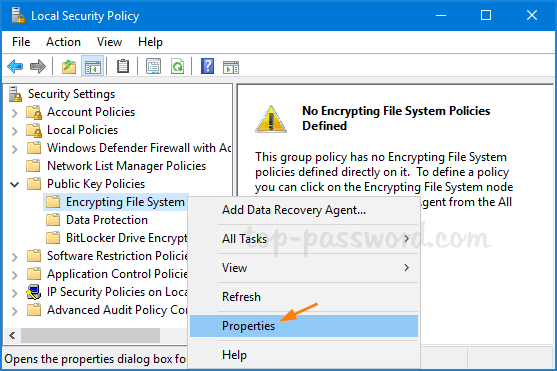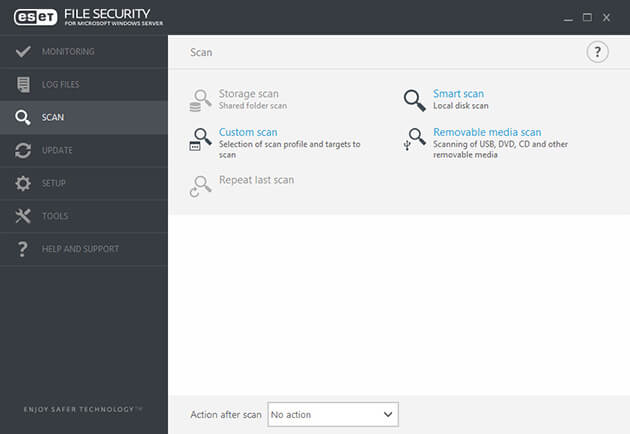
Get a hold of one user account or one computer and you’ve got keys to a large part of the kingdom. Once inside, what do they find? In most cases, it’s a big free-for-all. The bad guys aren’t dumb, though, and they have a very large toolbox of tricks to socially engineer their way into our networks. While we are getting better and better at protecting internet browser traffic, we traditionally still are not paying a lot of attention to data that is safe within the walls of our organization. Data encryption is an absolute requirement these days for corporate information that needs to traverse the internet though at the same time I say that, the back of my mind is telling me that the vast majority of companies are still not using any kind of encryption technology on their email system, and so that is still a potential disaster waiting to happen for most.

#WINDOWS SERVER 2008 SECURITY ENCRYPTING FILE SYSTEM. FREE#
Chances are you are being paranoid and nobody is actually intercepting and reading your traffic, but you need to know that if you are accessing a website that says HTTP in the address bar, or if you are sending an email from any of the free email services, any data that is being entered on that web page or in that email can easily be stolen by someone halfway around the world. This is terrible, because with anything that you submit over the internet now using regular HTTP or an unencrypted email you have to assume that it is being read by someone else.


Most of us have been encrypting our website traffic for many years by using HTTPS websites, but even in that realm there are surprising exceptions, with a lot of the cheap web-hosting companies still providing login pages that transmit traffic in clear text. An idea that has taken a fast step from something the big organizations are playing around with to everybody needs it is the use of encryption.


 0 kommentar(er)
0 kommentar(er)
